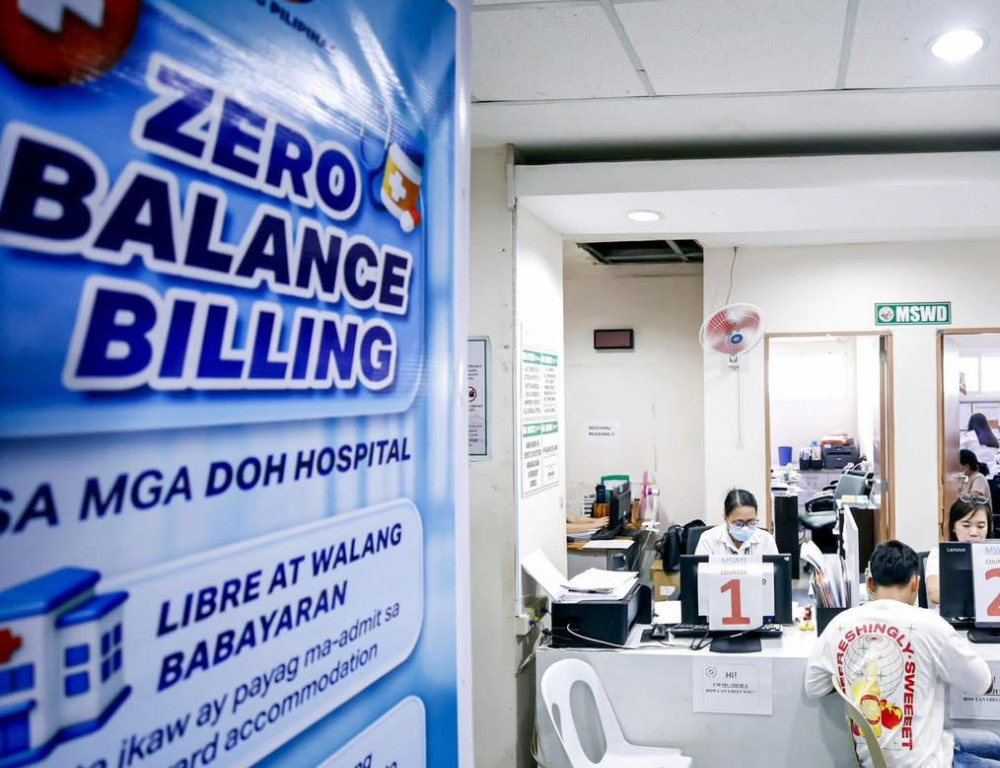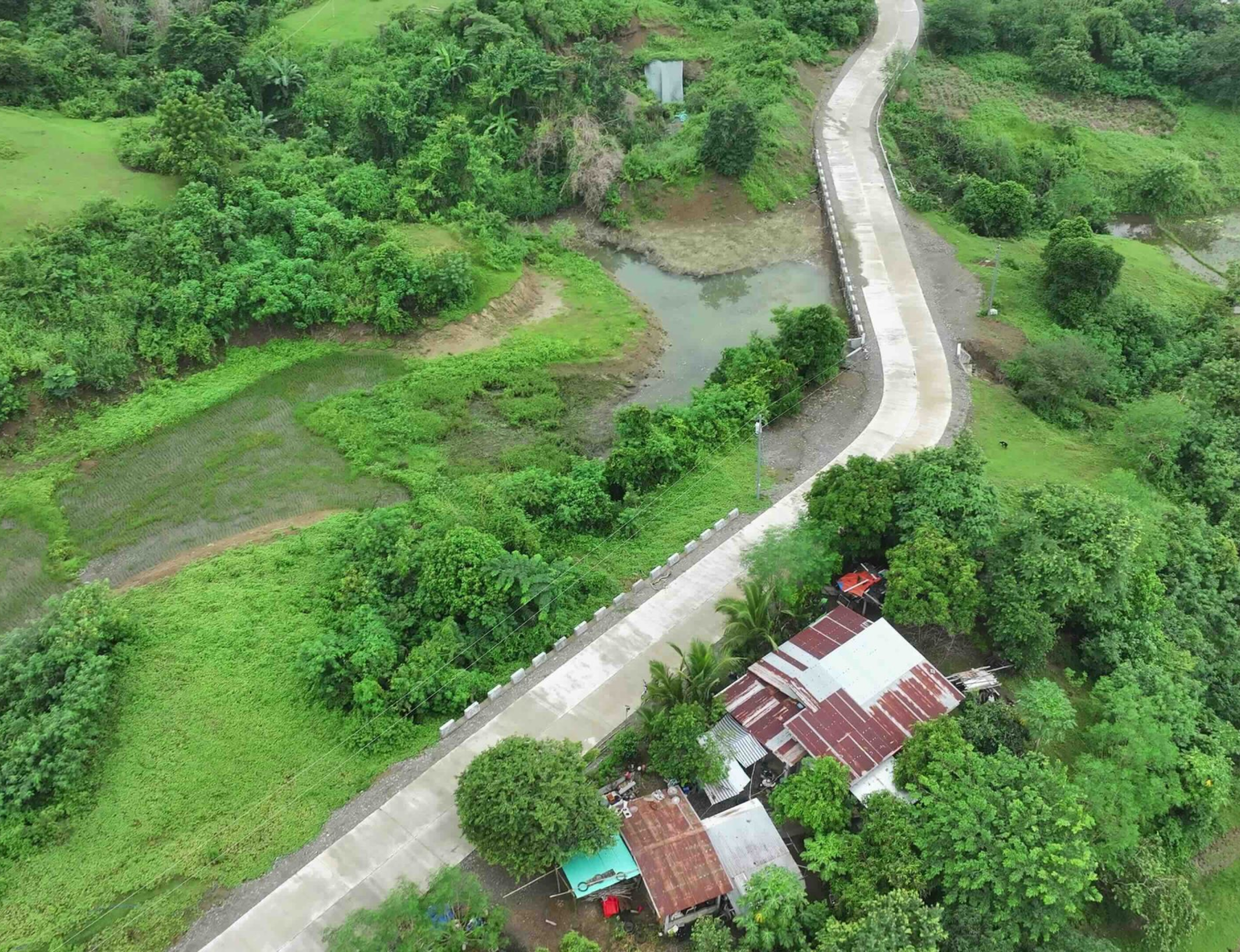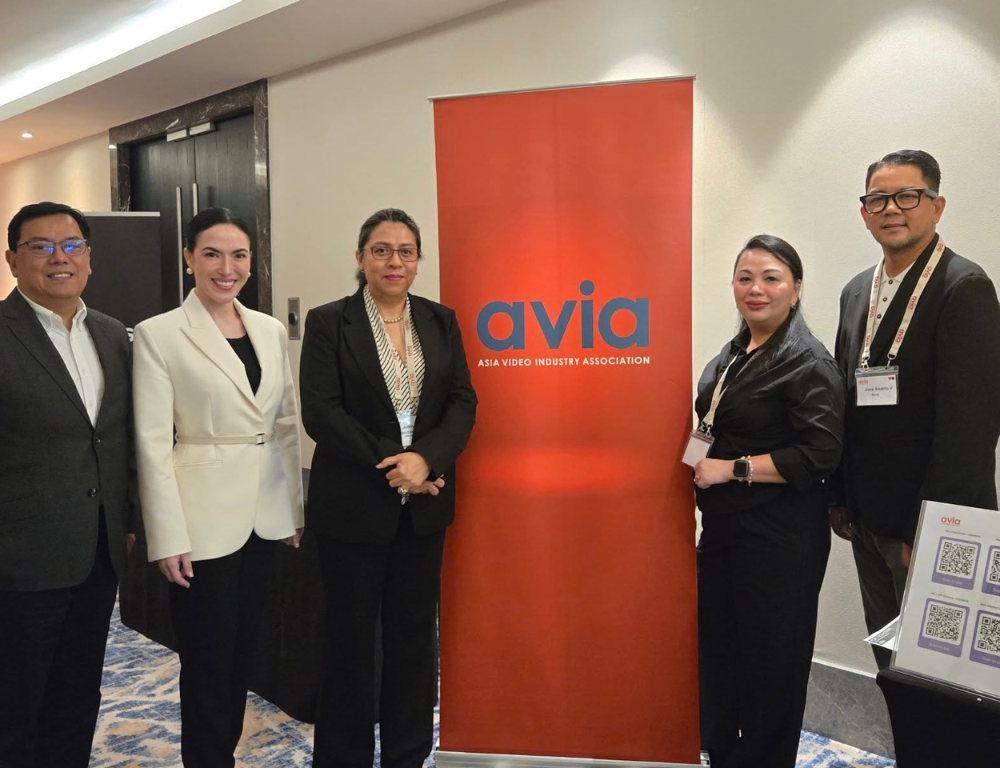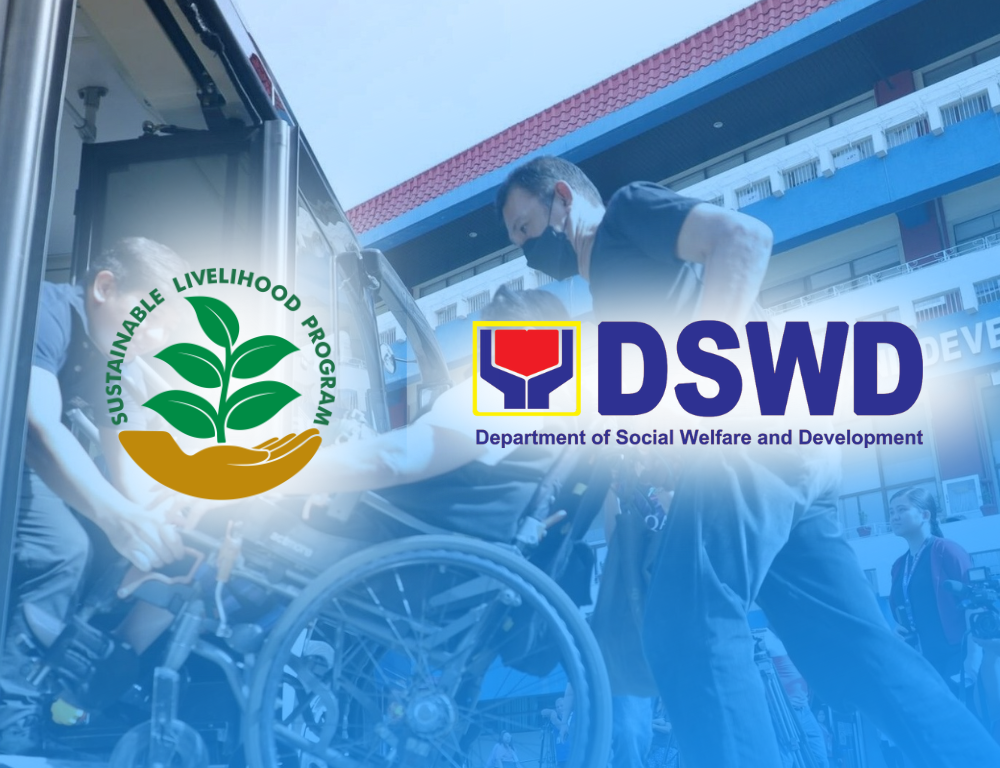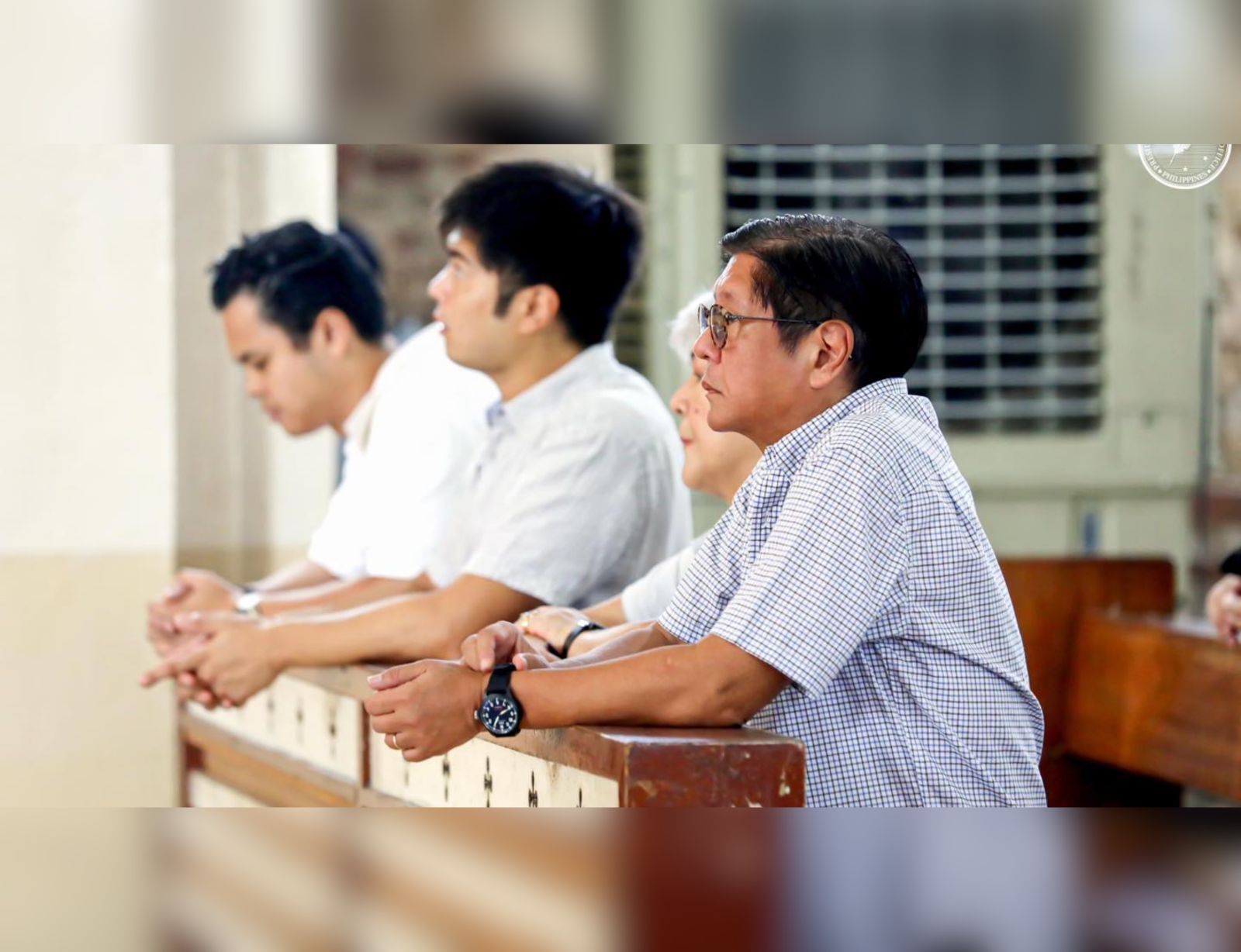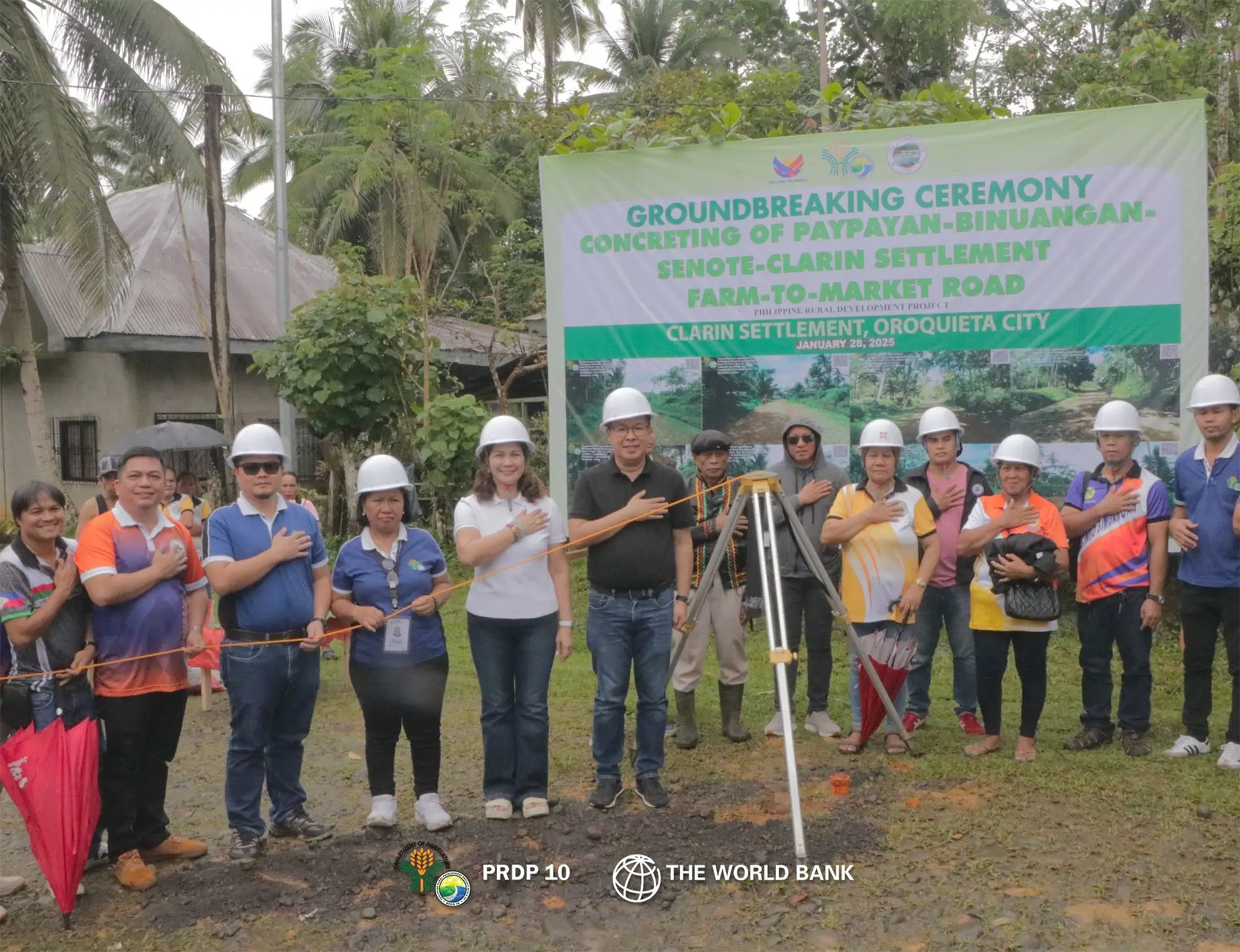
At the heart of the Caraga region in Mindanao lies the city of Butuan, a place historically significant as a vital trading hub in ancient times. The city’s residents coexist with nature— people tend to the fertile rice fields while the mountains shield them from the storms that develop in the Pacific Ocean.
Today, Butuan serves as the commercial center of the Caraga region, and within its borders, another industry is rapidly growing— rubber production.
The KM7 Farmers-Producers Cooperative (KMFPC), a key player in the local rubber industry, has around 500 members. In 2020, the cooperative received P22.2 million worth of materials and equipment through the Department of Agriculture’s Philippine Rural Development Project (DA-PRDP) to boost their production and income.
At the time, the cooperative was barely breaking even. However, KMFPC chair Samuel Calawigan Jr. shared in April that the cooperative now earns P75,000 every 15 days, amounting to about P150,000 monthly.
“We are now harvesting around 30 tons of rubber cup lumps every 15 days. The price ranges from P25 to P30 per kilo,” Calawigan said, as reported by the Philippine News Agency. “Our membership has grown to over 500, and we are grateful for the ongoing support from the government, especially the DA-PRDP.”
As of this year, the cooperative’s rubber production area has expanded to 1,000 hectares. With land expansion plans underway for early 2025, Calawigan anticipates even higher income.
The DA-PRDP is a national project designed to modernize and climate-proof the agriculture and fisheries sectors by providing farmers and fishers with essential infrastructure, facilities, technology, and information to increase productivity and competitiveness, and consequently, income.
Funded by the World Bank, the national government, and participating local government units (LGUs), the PRDP initially started in 2014 and was supposed to run for six years. However, its implementation has been extended until July 31, 2025.
To build on the PRDP’s achievements, the administration of President Ferdinand “Bongbong” Marcos Jr. launched the PRDP Scale-Up in 2023. The new initiative aims to achieve food security and improve the welfare of farmers and fishers.
The PRDP Scale-Up will prioritize larger, more targeted programs, with a focus on research and development, infrastructure, market connectivity, and biosecurity. The project covers 82 provinces and 16 regions across the country, and is set to run until 2029.
“Our priorities are aligned,” said President Marcos in a 2023 meeting with government officials and the World Bank. “We need to develop the agricultural sector, but we must also ensure that farmers and fishermen benefit from these efforts.”
Of the P45.01 billion total project cost, P33 billion will come from World Bank loans, P5.57 billion from the national government, and P6.44 billion from LGUs and farmer-fisher groups.
In June 2023, the World Bank approved a $600-million loan for the Scale-Up project.
“The PRDP focused on stimulating growth among farming and fishing enterprises. The Scale-Up takes this further by providing support throughout the value chain, from production to marketing, ultimately boosting competitiveness and profitability,” said World Bank Senior Agriculture Economist Mio Takada.
According to President Marcos, the program must balance increasing farmers’ and fishers’ earnings with making affordable food available to consumers.
Impact on Farmers and Fishers
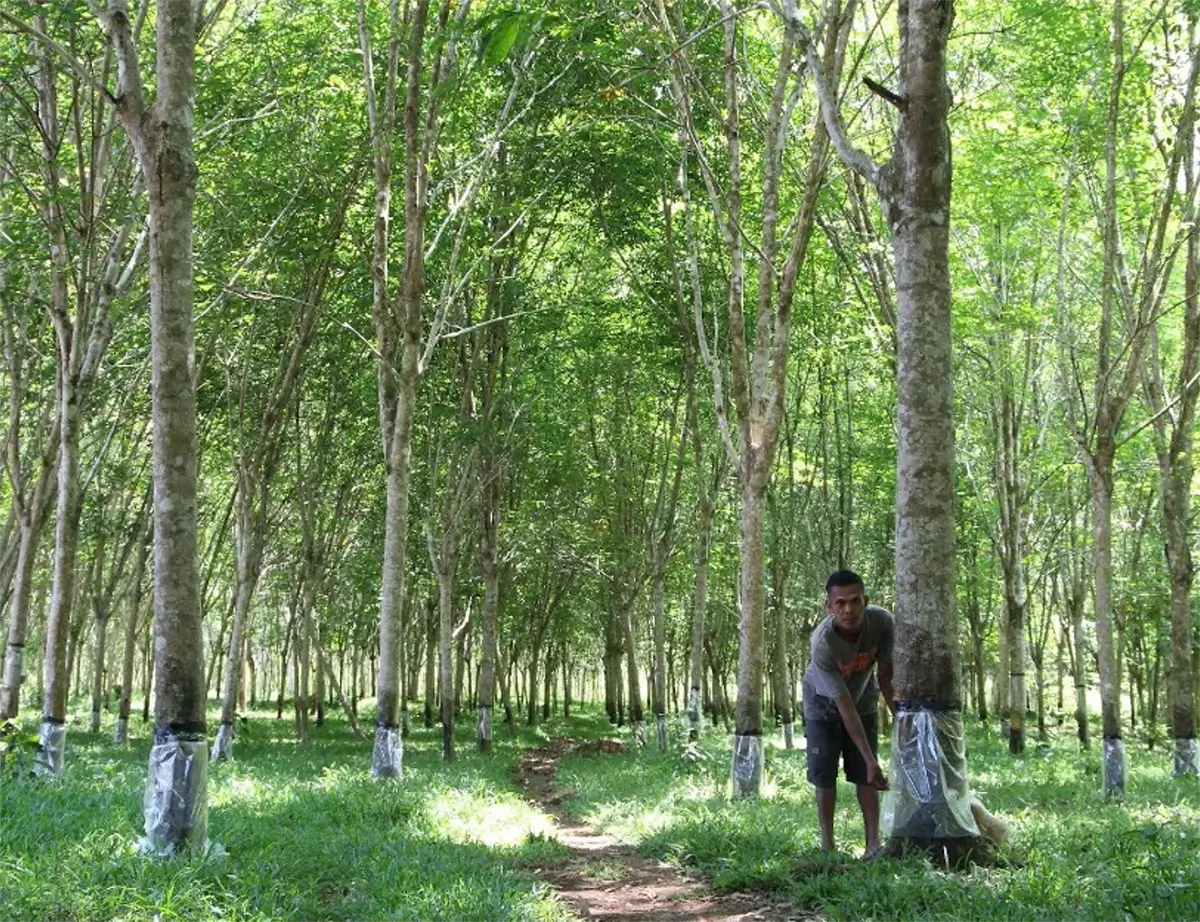
The original PRDP aimed to improve productivity and competitiveness in targeted agricultural and fishing areas. “We work closely with local government units to provide interventions that will increase productivity and raise farmers’ incomes,” explained DA Assistant Secretary for Operations U-Nichols Manalo.
In fisheries, the program seeks to boost aquaculture by providing inputs and building necessary infrastructure.
The PRDP aims to increase the real household income of beneficiaries by 30%, the income of those involved in enterprise development by 30%, and the value of annual marketed output by 41%.
As of October 30, 2024, a rapid appraisal showed a 24% increase in farmers’ and fisherfolk beneficiaries’ real household income, a 42% increase in income from enterprise development, and a 111% increase in the value of marketed output.
The PRDP Scale-Up also targets to reach 450,000 farmers and fishers with agri-fishery services and assets, with a focus on increasing marketed output by 40% and boosting income by 30%.
To achieve these goals, the project uses a value-chain analysis (VCA) approach, collaborating with LGUs and farmer-fisher groups to prioritize agricultural commodities with development potential.






